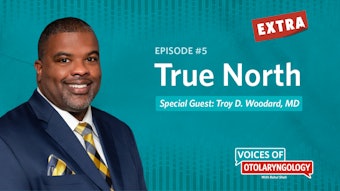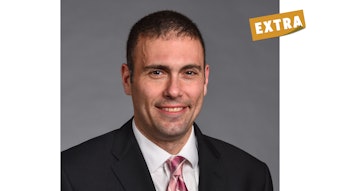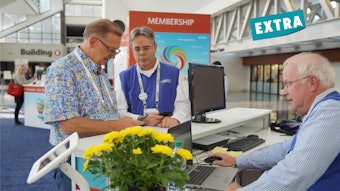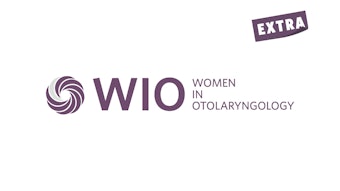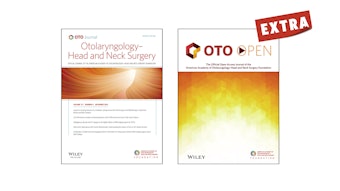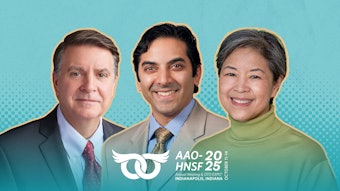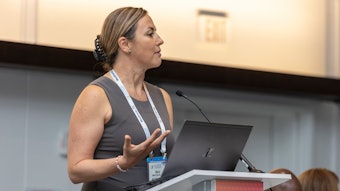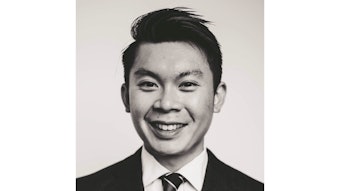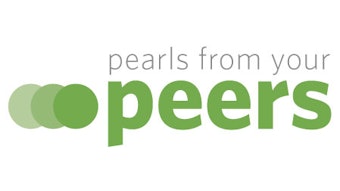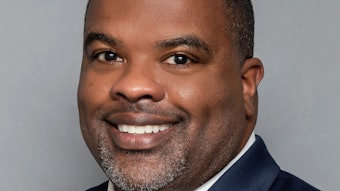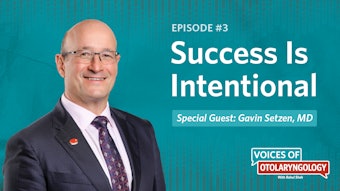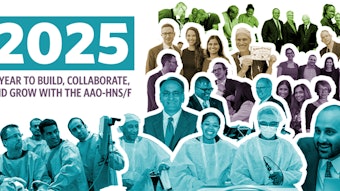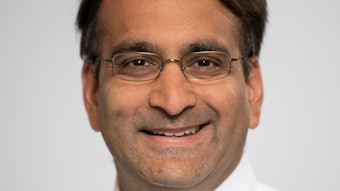Stories from the Road: AIC-CURE Children’s Hospital of Kenya
Discover how CURE International advances children’s healthcare globally through training and empowering local surgeons during and after cleft lip and palate surgeries.
Ryan H. Belcher, MD, MPH, on behalf of the Humanitarian Efforts Committee
 Left to right: Author Ryan H. Belcher, MD, MPH, with Kenyan plastic surgery resident Kiriga Maroa, MBChB, MMed, and Katelyn July O’Brien, MD, pause during surgical pre-op.
Left to right: Author Ryan H. Belcher, MD, MPH, with Kenyan plastic surgery resident Kiriga Maroa, MBChB, MMed, and Katelyn July O’Brien, MD, pause during surgical pre-op.
My volunteer group has partnered with other organizations, including Samaritan’s Purse, World Medical Mission, and Smile Train, along with CURE International in Kijabe, to provide cleft lip and palate surgeries for children at no cost. In parallel with providing the actual surgeries, the other aim of the group is to provide hands-on training to Kenyan plastic surgery residents and students in the technical aspects of cleft lip and palate surgery. The professional relationships formed during the surgical trips are maintained long after by the sharing of ideas, discussions of surgical techniques, and research, via WhatsApp messaging or email.
On the same grounds as the African Inland Church (AIC)-CURE Children’s Hospital of Kenya is the AIC Kijabe Hospital, which is a 363-bed hospital operated and owned by the African Inland Mission of Kenya. This hospital has Kenyan and U.S.-born otolaryngologists on staff who teach and train surgeons from all over Africa. The close proximity of these hospitals allows for collaboration during our trips and extended teaching and educational opportunities with their staff and patients.
Location and Needs
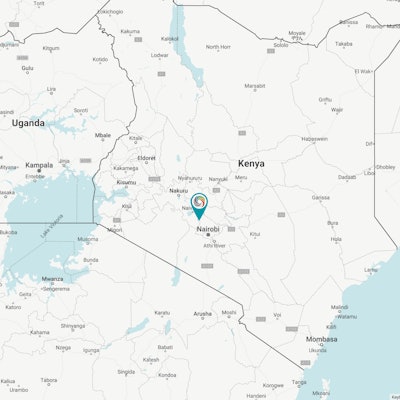
Approximately 70% of the Kenyan population lives in rural areas, which exacerbates the lack of access to care. There have been improvements over the last few decades, with increasing numbers of highly qualified local surgeons who can perform cleft lip and palate surgery in urban centers. But further work is needed to train local residents and staff to increase surgical availability in rural areas. The CURE Children’s Hospital hosts mobile clinics that intentionally travel to rural villages, towns, and refugee camps to reach underserved populations and make local residents aware of the cleft lip and palate surgical services offered. This is often the first time some of these families hear about the option of surgical intervention for their child’s cleft.
Long-Term Impact, Training, and Collaborations
Although I have been involved with several humanitarian trips over the past decade, the infrastructure of the CURE hospital system and the involvement of Smile Train, Samaritan’s Purse, and World Medical Mission make this one special. One of the great aspects of this trip is seeing the organization and realized mission of a global children’s hospital network in CURE International. Although primarily known as orthopedic surgical hospitals, there are numerous opportunities for otolaryngology service at the different locations.
Another uplifting aspect of this “story on the road” is to see the incredible work being done over time by otolaryngology-head and neck surgeons at AIC-Kijabe Hospital. Kijabe is one of the Pan-African Academy Christian Surgeons (PAACS) surgical training locations. However, numerous U.S.-born otolaryngologists have also dedicated their lives and service to teaching African surgeons and treating African patients. These physicians include Bryce Noblitt, MD, and Nathan Peterson, MD, who currently work at AIC-Kijabe, and, previously David Nolen, MD. [Read more about Dr. Nolen’s work at AIC Kijabe Hospital in a past issue of the Bulletin.] These individuals work alongside Kenyan otolaryngologists to advance our field and are truly living the spirit of “global surgery.” AIC-Kijabe Hospital is an important center for global surgery education in other specialties, as well, including anesthesiology. Mark Newton, MD, and others have helped develop one of the premier anesthesiology training locations in East Africa there.
 Dr. Christophel (far left), walks through cleft lip surgery with Kenyan plastic surgeons while a representative of Smile Train looks on.
Dr. Christophel (far left), walks through cleft lip surgery with Kenyan plastic surgeons while a representative of Smile Train looks on.
It will be a glorious day when global surgery and humanitarian healthcare trips are a thing of the past. The establishment of these kinds of trips and opportunities would not be possible without surgeons whose abundant passion and perseverance paved the way. For me, those individuals include Lisa M. Buckmiller, MD, Charles R. Ford, MD, and John Jared Christophel, MD, MPH.
It will be a glorious day when humanitarian trips for global surgery are a thing of the past.
